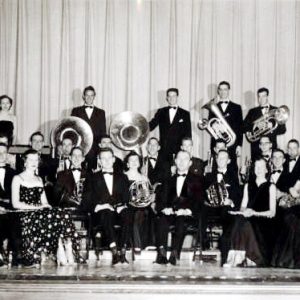 Hendrix College Concert Band
Hendrix College Concert Band
Entry Category: Campuses and Schools
 Hendrix College Concert Band
Hendrix College Concert Band
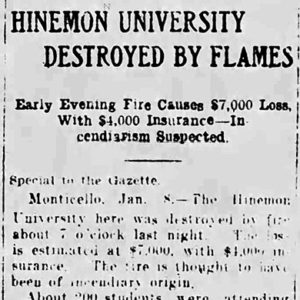 Hinemon University Article
Hinemon University Article
Hinemon University School
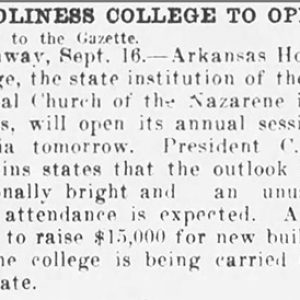 Holiness College Story
Holiness College Story
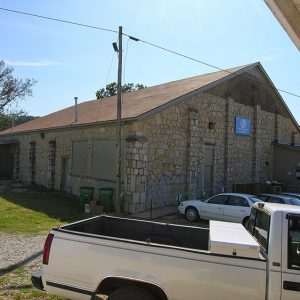 Horace Mann Gymnasium
Horace Mann Gymnasium
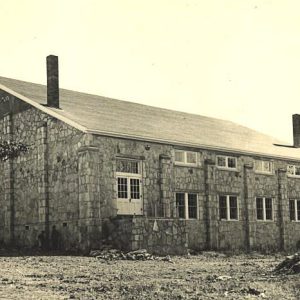 Horace Mann High
Horace Mann High
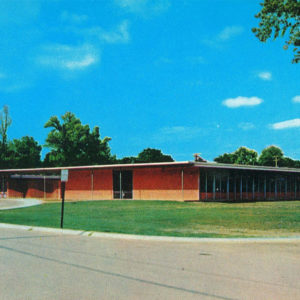 Horace Mann High School
Horace Mann High School
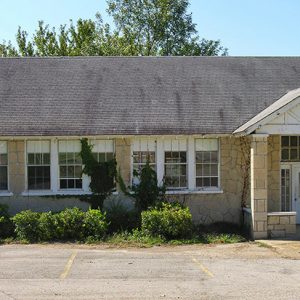 Horace Mann Home Ec Building
Horace Mann Home Ec Building
Horace Mann School Historic District
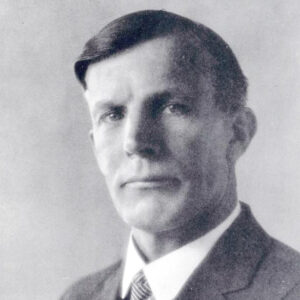 Frank Horsfall
Frank Horsfall
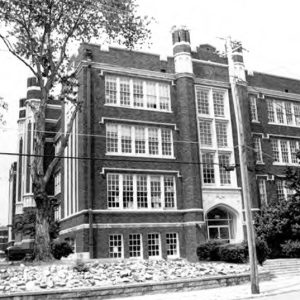 Hot Springs High School
Hot Springs High School
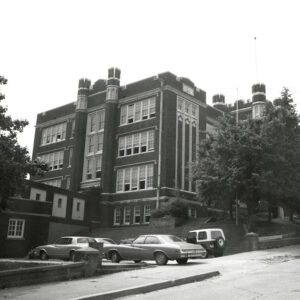 Hot Springs High School
Hot Springs High School
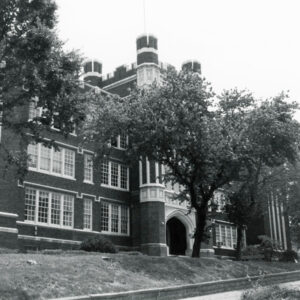 Hot Springs High School
Hot Springs High School
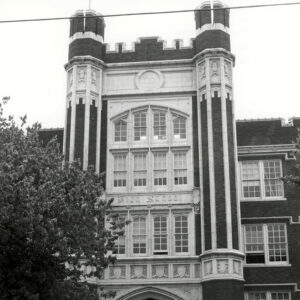 Hot Springs High School
Hot Springs High School
 Hot Springs High School
Hot Springs High School
 Hot Springs High School
Hot Springs High School
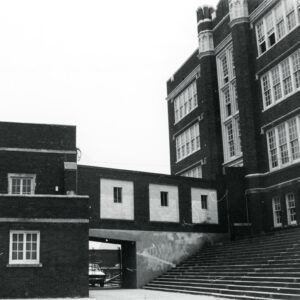 Hot Springs High School
Hot Springs High School
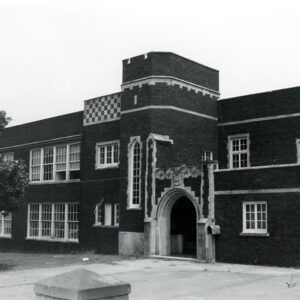 Hot Springs High School
Hot Springs High School
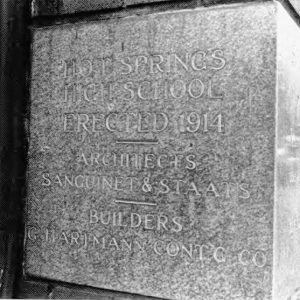 Hot Springs High School Cornerstone
Hot Springs High School Cornerstone
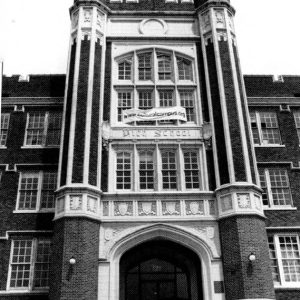 Hot Springs High School Entrance
Hot Springs High School Entrance
Hot Springs Normal and Industrial Institute
aka: Mebane Academy
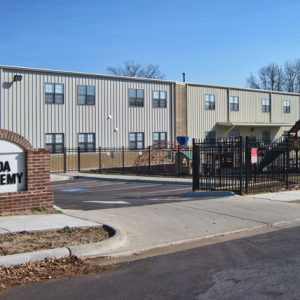 Huda Academy
Huda Academy
 Immanuel High School
Immanuel High School
 W. K. "Bill" Ingram
W. K. "Bill" Ingram
 Jefferson School
Jefferson School
 Jerome Relocation Center School Children
Jerome Relocation Center School Children
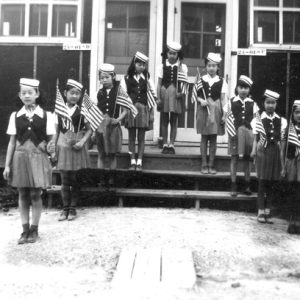 Jerome Relocation Center Children
Jerome Relocation Center Children
John Brown University (JBU)
Jonesboro Baptist College
Judson University
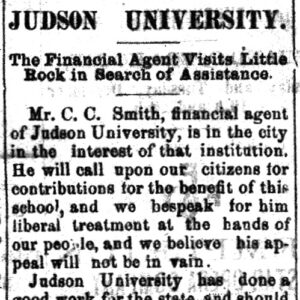 Judson University Assistance Story
Judson University Assistance Story
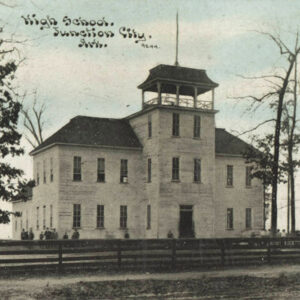 Junction City High School
Junction City High School
 Kenneth Kersh
Kenneth Kersh
King Schoolhouse
Kingston School
 KKK Donation
KKK Donation
 Knoxvile School
Knoxvile School
LaCrosse Collegiate Institute
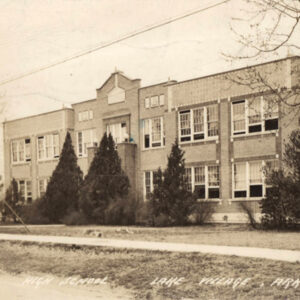 Lake Village School
Lake Village School
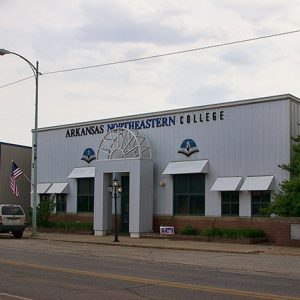 Leachville Campus
Leachville Campus
Lincoln High School (Star City)
Little Rock Central High School National Historic Site
Little Rock College
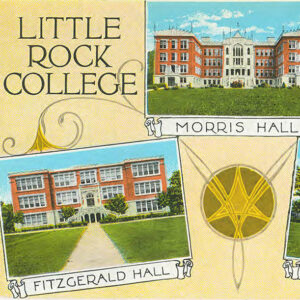 Little Rock College Postcard
Little Rock College Postcard
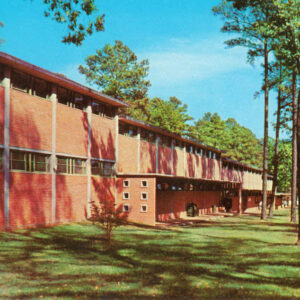 Little Rock Junior College
Little Rock Junior College
 Little Rock University
Little Rock University
Little Rock University
 Little Rock University
Little Rock University
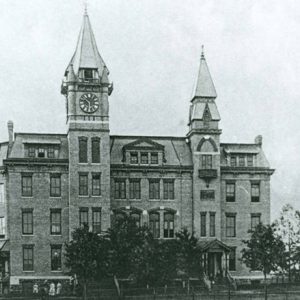 Little Rock University
Little Rock University
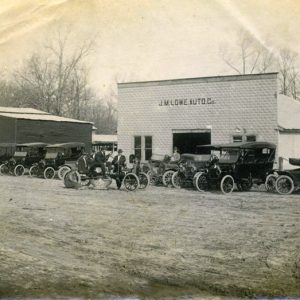 Lowe Auto Company
Lowe Auto Company




